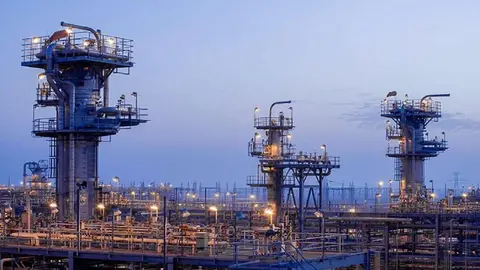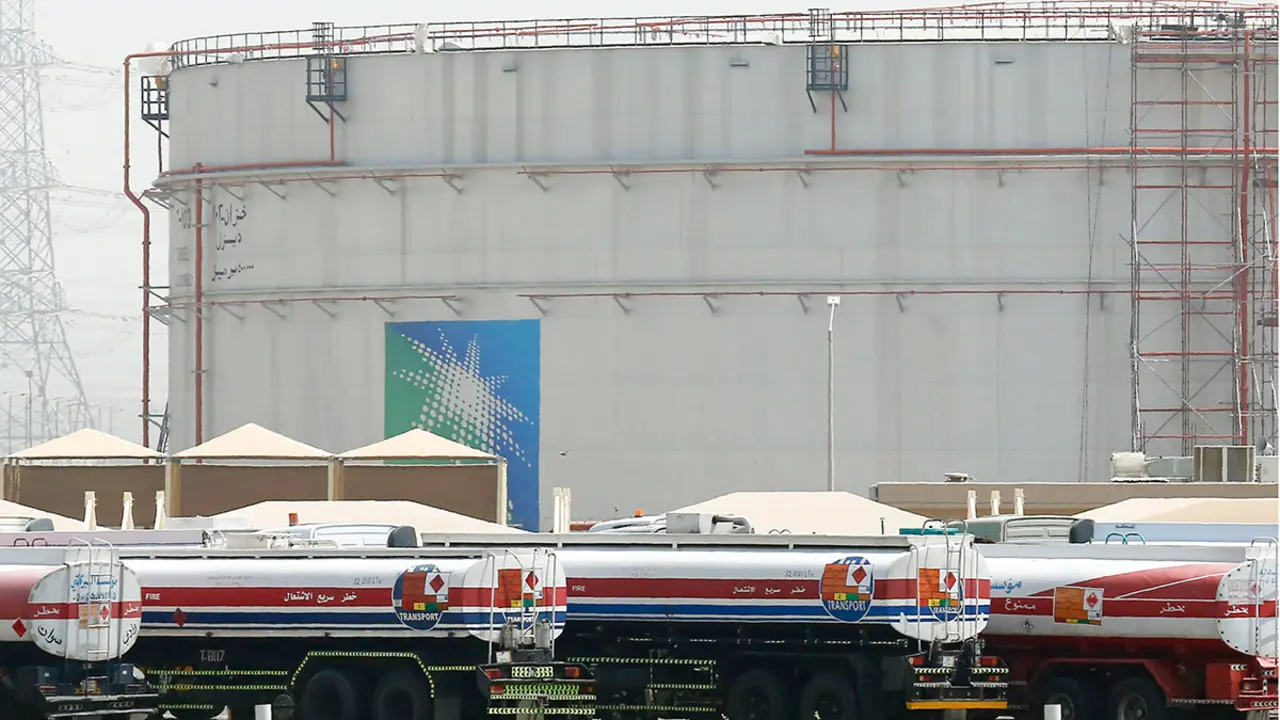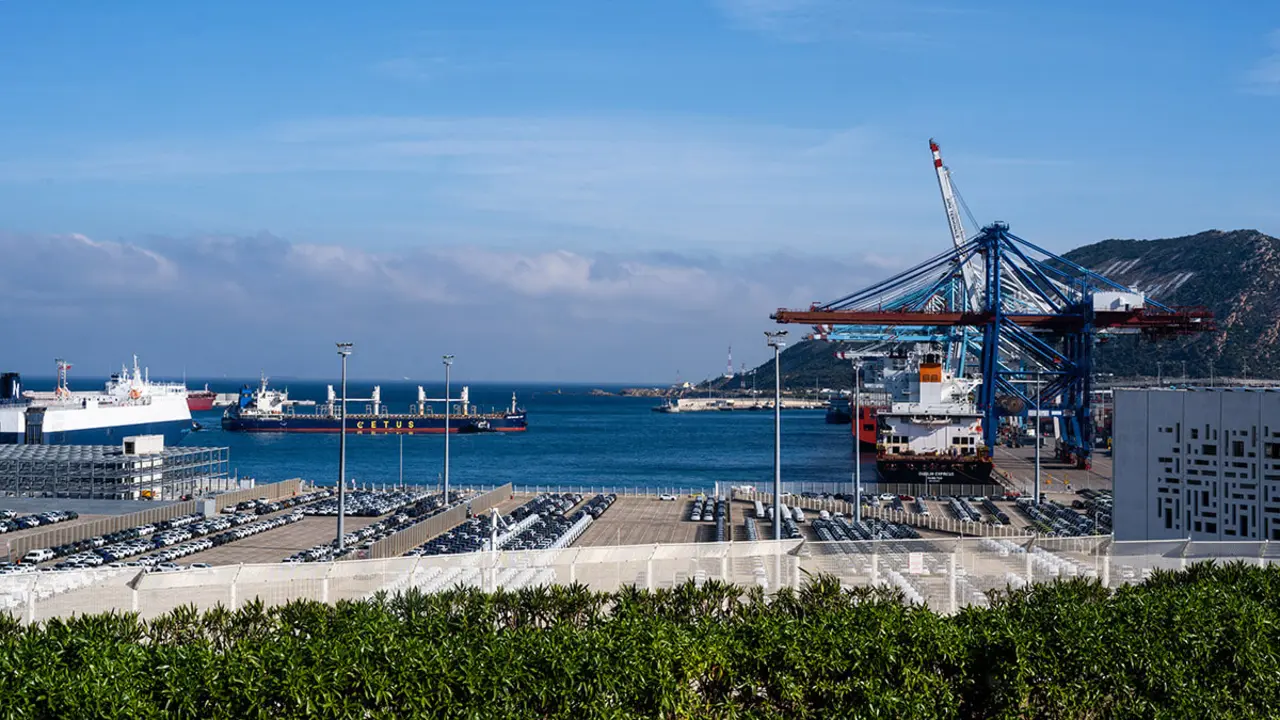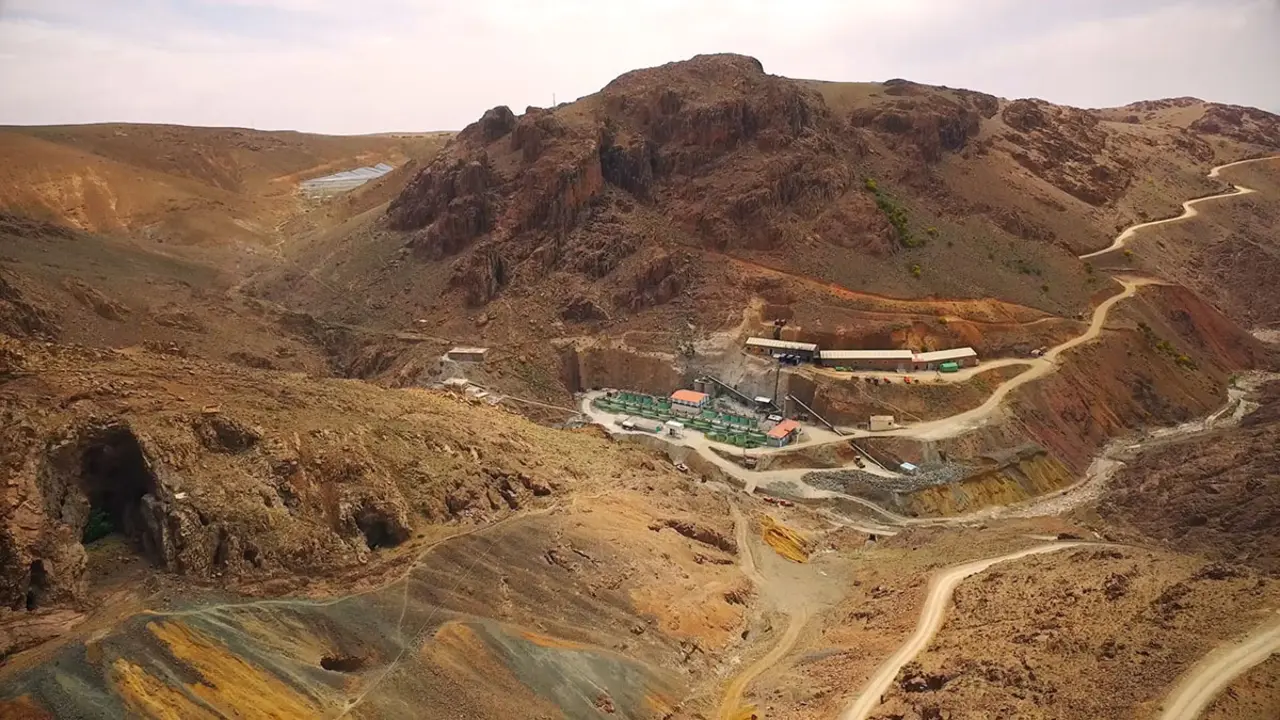Oman's non-oil sector drives economic growth and confirms analysts' expectations
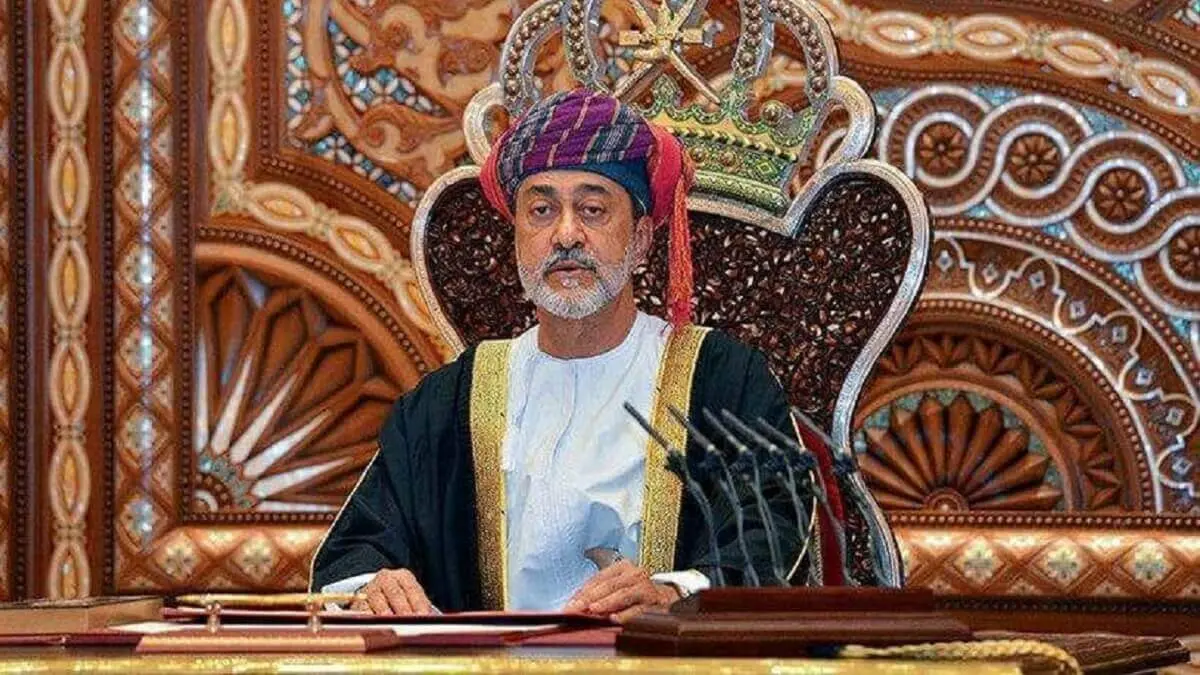
Oman's Gross Domestic Product (GDP) will experience significant growth this year, as analysts' predictions are confirmed by the development of non-oil activities in the country. Amid concerns about the impact of the global economic slowdown on fossil fuel trade, the booming non-oil sectors have been instrumental in boosting Oman's economy.
According to data released by the Government Statistics Centre and reported by the official Oman News Agency, the Gulf nation experienced a remarkable 7.4% growth in the first quarter of this year compared to the previous year. This growth translated into a GDP of 10.4 billion riyals ($26.9 billion).
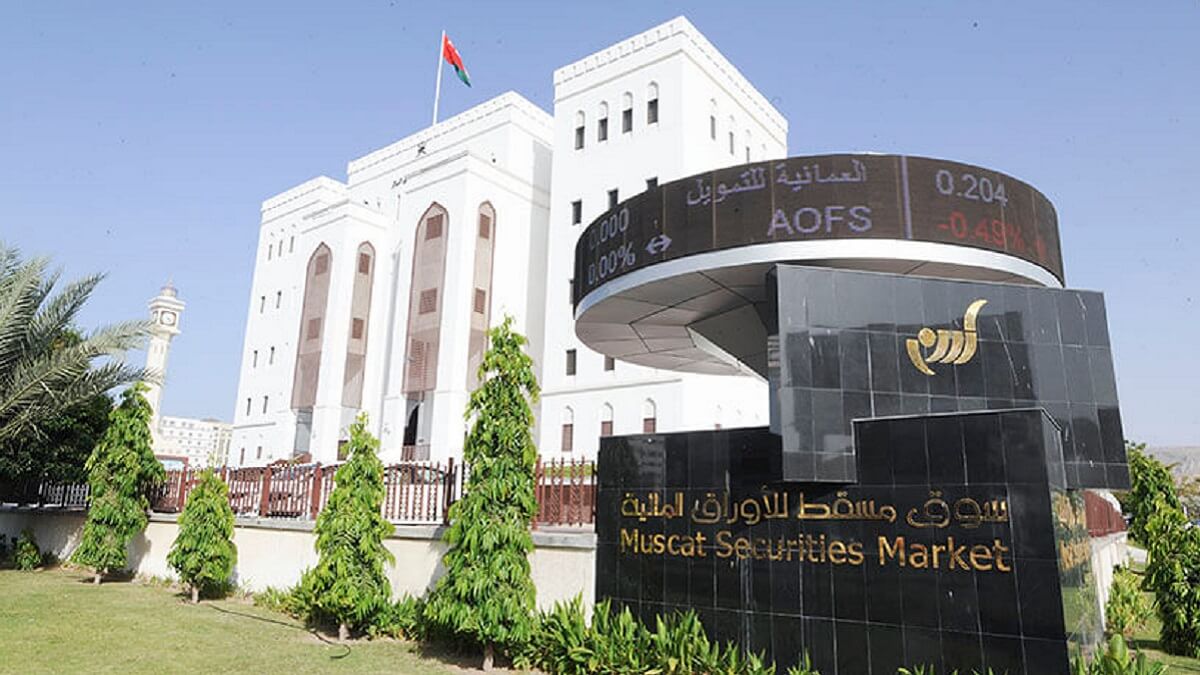
As reported by Al-Arab, the Statistics Centre highlighted the significant contribution of non-oil activities, which grew by 6.7 per cent between January and March, amounting to more than 7 billion riyals ($18.1 billion). Industrial activities grew by 4.6%, while agriculture, forestry and fishing activities grew by 8.4%. In addition, service activities recorded a remarkable growth of 7.4%.
In contrast, oil activities grew by 6.1%, reaching 3.58 trillion riyals ($9.26 billion) by the end of the first quarter of 2023. Crude oil activities increased by 6 per cent year-on-year, while natural gas activities recorded a growth rate of 6.5%.
The World Bank had previously forecast 1.5% growth for the Omani economy this year, a downward revision from its previous projection in January 2023, which anticipated a 2.4% expansion.

The remarkable 4.3% real GDP growth in 2022 was mainly due to the significant expansion of production in the hydrocarbon sector.
However, experts are cautious about potential revenue pressures in Gulf countries, including Oman, due to ongoing oil production cuts that started in May 2023 and are expected to continue until the end of 2024.
Despite these challenges, the Omani government achieved a fiscal surplus of $1.35bn during the first four months of this year, bolstered by a 4% increase in revenues. Oil and gas revenues accounted for approximately 72% of the country's total revenues, amounting to 3.2 trillion riyals ($8.3 billion) from the beginning of the year to the end of April.
Thanks to exceptional oil revenues and fiscal consolidation measures, both Oman's fiscal and external positions have improved markedly. After years of deficits, the fiscal balance was transformed into a surplus of 7.5% of GDP in 2022.
Moreover, during a recent visit to Muscat, IMF experts expressed confidence that Oman would continue to achieve surpluses in the medium term, mainly due to oil revenues and effective public financial measures. The mission team praised the decline in central government debt as a percentage of GDP from 61.3% in 2021 to 40% at the end of last year thanks to one-off oil revenues for debt repayment.

In addition, state-owned enterprise debt as a percentage of GDP declined from 40.7% in 2021 to 28.8% in the past year, driven by disinvestment, improved performance and debt repayment.
By the end of 2022, the Central Bank of Oman's foreign exchange reserves reached $17.6bn, providing cover for almost five months of expected imports. This demonstrates the country's strong financial position and its ability to meet economic challenges.
Looking ahead, Oman's focus on diversifying its economy, promoting non-oil sectors and implementing structural reforms will be crucial to sustain economic growth and mitigate risks.


